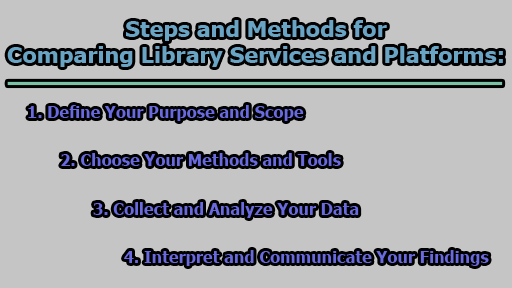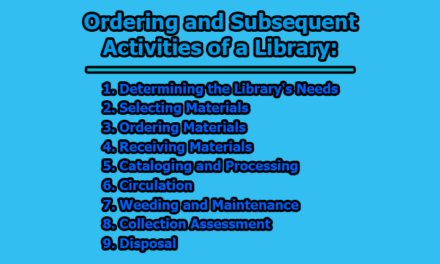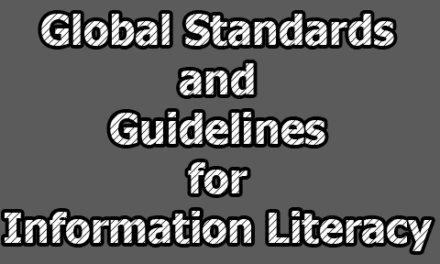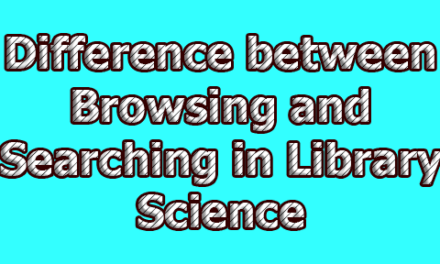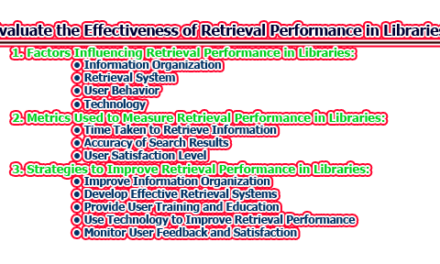Steps and Methods for Comparing Library Services and Platforms:
Library services and platforms play a crucial role in providing access to information and resources to library users. These tools encompass both physical and digital collections, databases, catalogs, interlibrary loan systems, and more. Evaluating and comparing library services and platforms are essential for librarians to ensure their effectiveness, efficiency, and user satisfaction. In this article, we will explore the steps and methods for comparing library services and platforms, emphasizing the importance of defining purpose and scope, choosing appropriate methods and tools, collecting and analyzing data, and finally, interpreting and communicating findings.
1. Define Your Purpose and Scope: The first step in comparing library services and platforms is to clearly define your purpose and scope. Start by asking yourself why you are conducting this comparison. What are your goals and objectives? Identify your stakeholders and users, as their needs and expectations are paramount. Establish criteria and indicators of success, ensuring that you have a clear understanding of what you are looking to achieve. Additionally, consider the ethical, legal, and practical implications of your comparison, including privacy, consent, data protection, accessibility, and feasibility.
2. Choose Your Methods and Tools: Selecting the appropriate methods and tools for your comparison is essential. There is a wide range of methods and tools available, depending on your specific research questions, data sources, and analysis techniques. Common methods include surveys, interviews, focus groups, observations, usability tests, analytics, benchmarking, and case studies. Tools such like questionnaires, checklists, rubrics, matrices, charts, graphs, tables, and dashboards can assist in organizing and visualizing data.
- User Experience (UX) Research: Utilizing UX research techniques such as user testing, usability studies, and user journey mapping can enhance the user interface and overall user experience of the library platform.
- Usage Statistics and Analytics: Monitoring usage patterns, popular resources, and user behavior through tools like Google Analytics or dedicated library analytics software can inform decisions related to content curation and platform improvements.
3. Collect and Analyze Your Data: Once your methods and tools are in place, it’s time to collect and analyze your data from the library services and platforms being compared. Adhering to best practices for data collection and analysis is crucial, ensuring validity, reliability, accuracy, consistency, and transparency. It’s essential to respect the rights and interests of data subjects by obtaining informed consent and protecting confidentiality. Use appropriate software and tools to store, organize, process, and visualize your data, such as spreadsheets, databases, statistical packages, and visualization tools.
- Quantitative Methods: Employ quantitative techniques, like web analytics tools, usage statistics, and automated data collection scripts to gather numerical data.
- Qualitative Methods: Utilize surveys, interviews, focus groups, and user feedback forms to gather insights into user experiences, preferences, and suggestions.
- Descriptive Analysis: Use summary statistics, graphs, and charts to provide an overview of data trends and patterns, identifying common usage patterns, user demographics, and content popularity.
4. Interpret and Communicate Your Findings: The final step involves interpreting and communicating your findings from the comparison of library services and platforms. Synthesize your data and draw conclusions based on your defined purpose, scope, and criteria. Identify the strengths, weaknesses, opportunities, and challenges of the library services and platforms compared, and offer implications and recommendations for practice, policy, and research. Communication is key; ensure your findings are presented in a clear, concise, and engaging manner, using various formats and channels such as reports, presentations, publications, blogs, podcasts, or infographics.
- User Experience and Interface: An assessment of the user experience reveals that the platform’s interface is intuitive and well-designed, promoting efficient navigation and resource discovery. Users can seamlessly access materials through an organized interface that prioritizes ease of use.
- Content Quality and Currency: Analysis shows that the platform maintains a high standard of content quality, focusing on updated and relevant resources. The curated materials reflect current trends and scholarly advancements, aligning with the needs of researchers and learners.
In conclusion, comparing library services and platforms is a vital process for libraries to improve their services, meet user needs, and stay relevant in a rapidly evolving information landscape. By following these steps and utilizing appropriate methods and tools, librarians can ensure that their libraries are providing the best possible access, discovery, and delivery of information to their users. The findings from these comparisons should guide library decision-making and ultimately enhance the user experience, making the library an indispensable resource for its community.

Former Student at Rajshahi University

